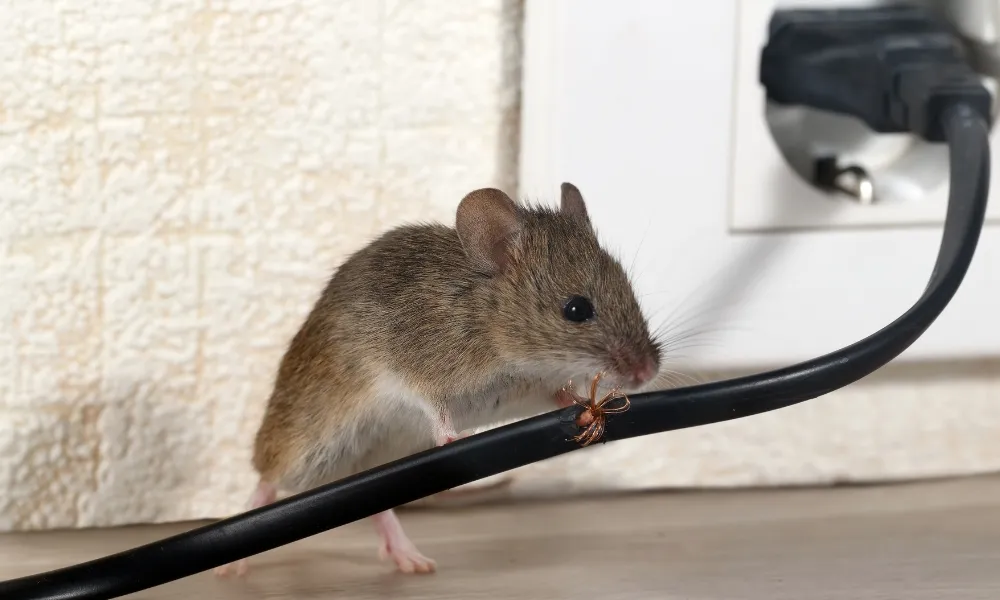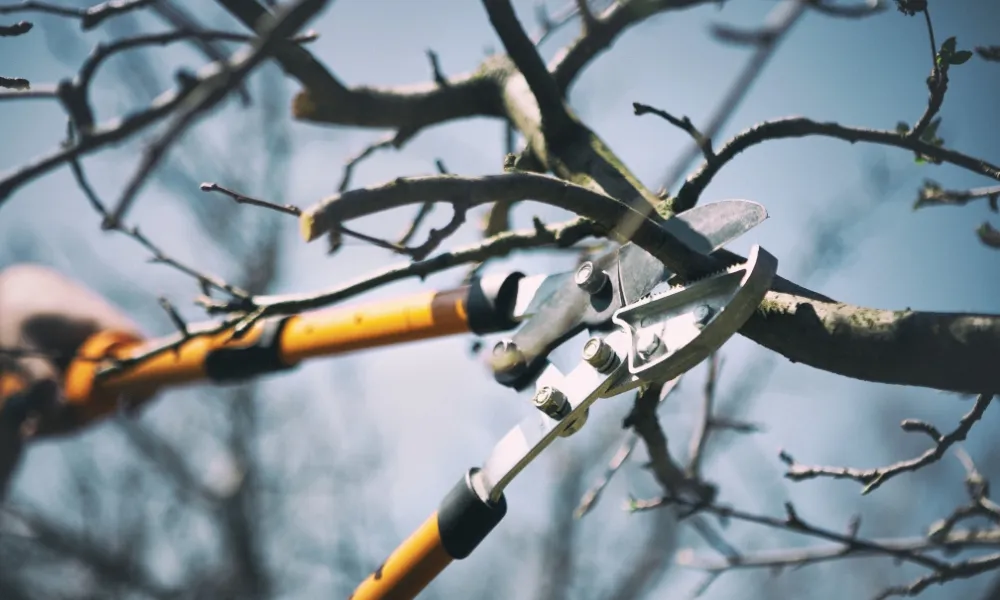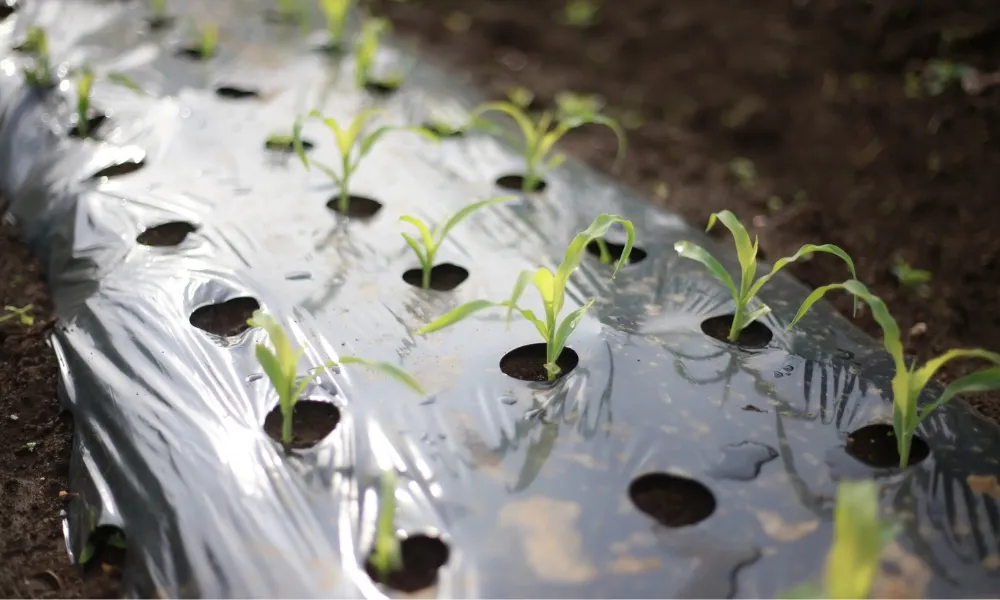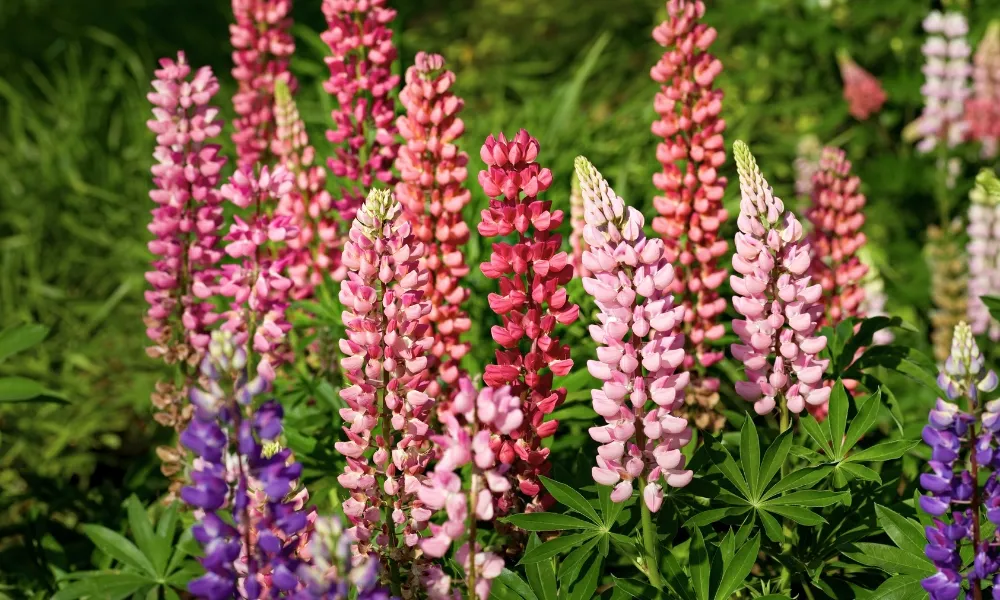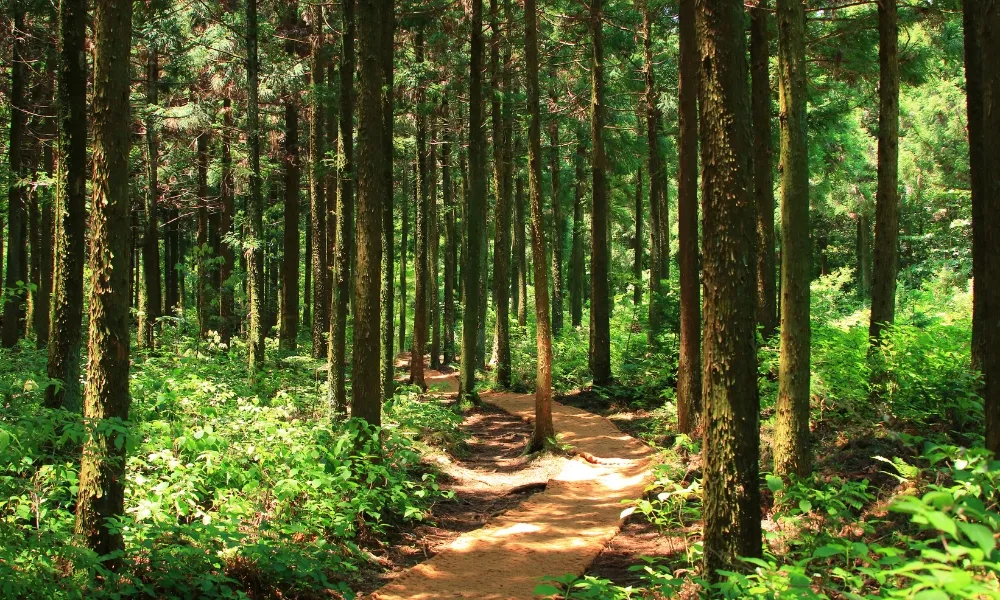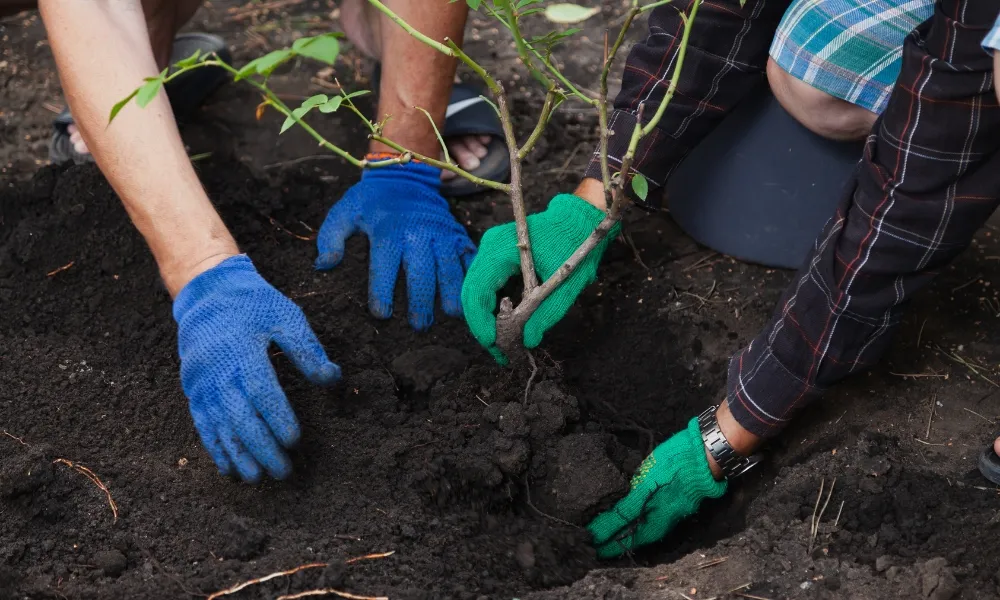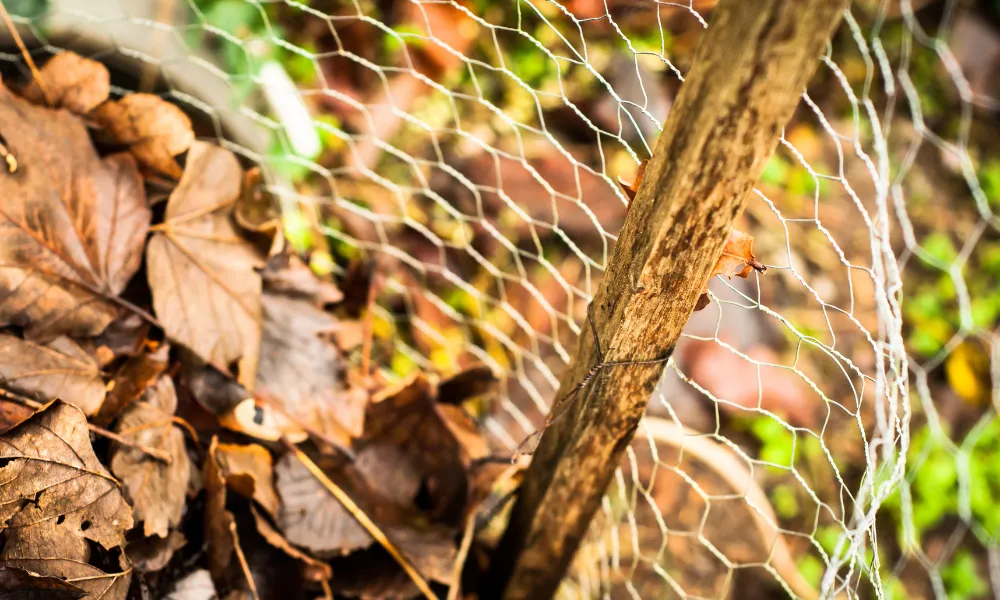
Leaf fall can be a nuisance this time of year and can make a garden look a bit unkempt. No sooner have you cleaned up the first batch when a new covering floats into the garden. This is one instance though where we can turn this curse into a blessing. Leaf mould makes an excellent potting compost and a great general mulch all you need to do is gather them all up and have a bit of patience!
There are a few ways to make leaf mould and here I will cover just two.
Firstly much like general composting you will need to find an area of your garden that is shaded and out of the way.
Cage method.
When you have decided on a good space get yourself four posts and create a metre squared cage using the likes of chicken wire for the walls. It should be about a metre and a half or two metres tall depending on your needs but remember you will have to access it too so don't make it too tall!
Be sure to put it somewhere that is not going to be disturbed as your leaves will need at least a year or two to break down.
Once you have made your cage you can simply start filling it up with the leaves you have collected.
If the leaves you are putting in are too dry it will take even longer to break down. Leaf mould is made by the fungi breaking down the leaves as opposed to your general compost which is helped along with worms so it's important to keep them damp by watering them if the rain isn't doing the job for you.
Different types of leaf bear different results. For example Beech breaks down very quickly whereas pine needles or Horse Chestnut will need a lot more time. One way to speed this process up is to shred them yourself. Simply 'hoovering' them up with a lawnmower on a high setting will do this job with minimal effort for you.
As well as breaking down at different speeds the resulting mould can be of different acidity also. Pine needles for example are very acidic so bear this in mind when choosing what plants to use it for (mulching Hydrangea Macro with acidic mulch will create a blue flower alkaline and it will be red)
Bag Method.
The second method, if you don't have the space for a cage, is to simply use black bin bags. Fill your bags with your gathered leaves and pierce several holes in the bags. Make sure the leaves are damp or they will not rot down. Place the bags somewhere they will not be disturbed. At the back of a shed, under hedging, basically anywhere quiet and out of sight. Once done all you have to do is wait a year or two and remember where you left them!!
You can mix grass clippings with your leaf collection but be aware that if you do it will create a richer compost so it may not be ideal for seedling mix and also will be a lot heavier when you do go to harvest it.
When you are gathering from your lawn make sure not to do it in frosty conditions as walking on an icy lawn will damage the grass.
Leaf mould is great to give better structure and aeration when mixed in with heavier soil. It encourages beneficial insects into the soil, can be used for frost protection and also to keep troublesome weeds at bay.
So next time you're cursing those fallen leaves in your garden turn the tables and make use of this free resource the trees are offering up!
Sophie x



